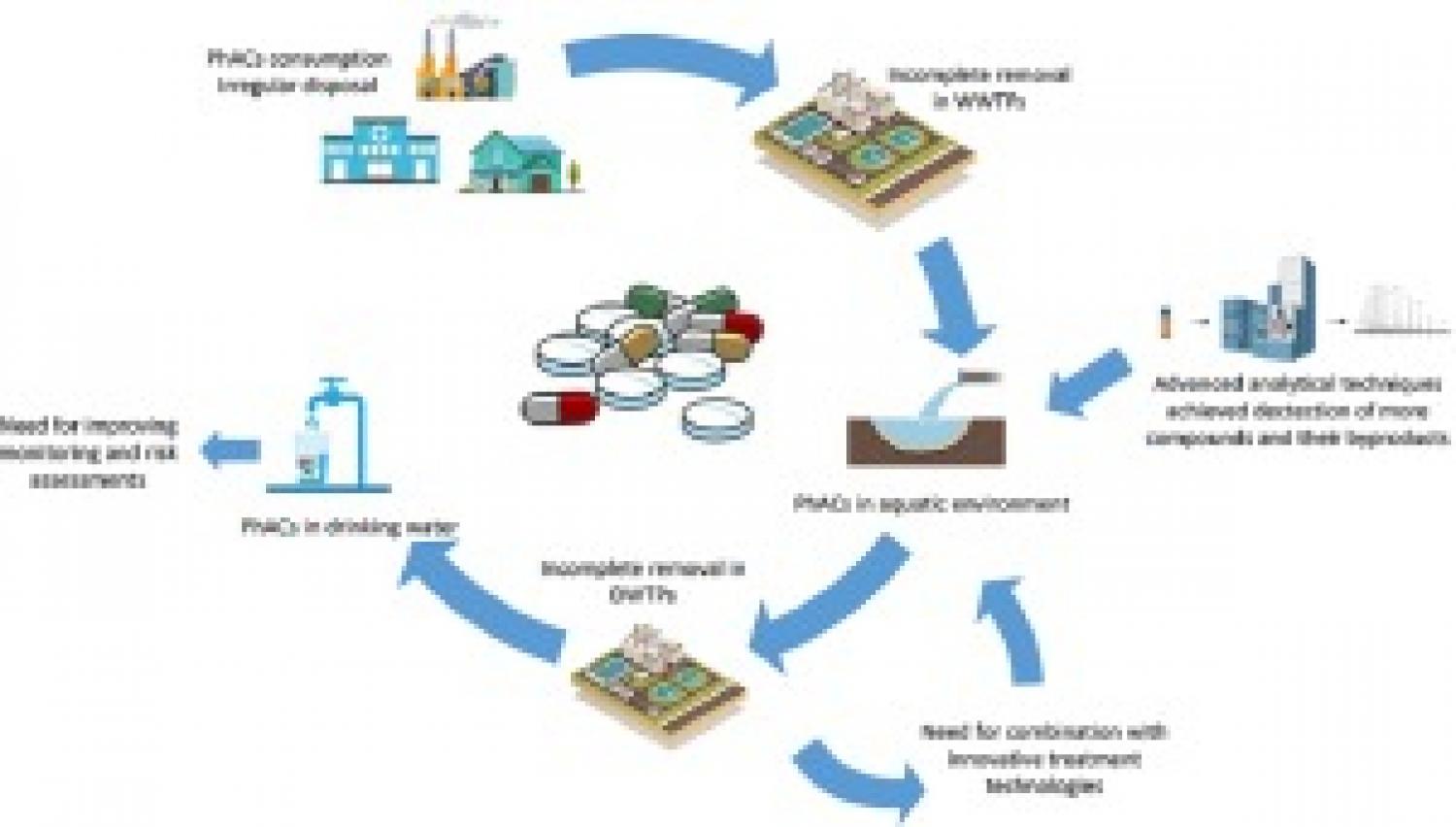
Elsevier, Chemical Engineering Journal Advances, Volume 10, 15 May 2022
Water pollution is the most serious problem threatening global water resources. The release of both natural and anthropogenic factors in the aquatic environment is affecting the quality of water bodies, with Contaminants of Emerging Concern (CECs) being one of the major issues. In recent years, the availability of robust and sensitive analytical methods has allowed the detection and identification of a wide variety of pollutants. Pharmaceutically Active Compounds (PhACs) represent one large category of CECs detected in the aquatic environment, posing serious threats to human health and ecosystems. Hence, there is an urgent need for a better understanding of their environmental occurrence, fate, exposure-associated risks, and degradation in order to regulate exposure to pharmaceuticals in the environment. This review covers the current trends, newly developed state-of-the-art analytical methods, their challenges for PhACs detection in different water matrices, and the occurrence patterns in the aquatic environment. We also make a compressive assessment of the ineffective classic drinking water treatment plants (DWTPs) and the novel technologies such as membrane filtration and advanced oxidation processes that have been implemented to upgrade DWTPs. Their efficiency in removing PhACs is here discussed, as well as other embryonic technologies as promising solutions. The aim of this review article is to provide a comprehensive summary of the pathways and fate of PhACs in the environment, solutions for improving their monitoring assessments and the best methods for their removal in drinking water treatment plants.
